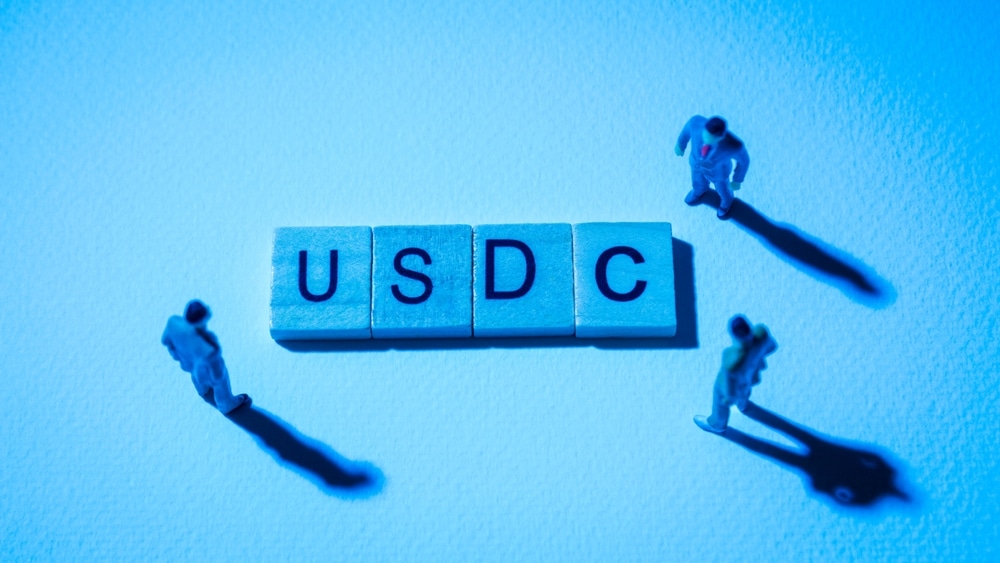Key Insights:
- Philippines’ $36.1B 2022 remittances underline its economic backbone, but legacy systems pose challenges.
- Coins.ph and Circle unite, focusing on rapid, low-cost remittances and educating Filipinos abroad.
- Circle’s USDC, a leading stablecoin, aligns with the UN’s vision of breaking global financial barriers.
In a recent announcement, Jeremy Allaire posted on X (previously known as Twitter) about a new partnership between Coins.ph and Circle Internet Financial (Circle). As a result of this collaboration, 18 million users of Coins.ph have the option to use USDC for their remittances.
Significantly, the Philippines witnesses a colossal volume of remittances each year. According to data from the Bangko Sentral Ng Pilipinas, the country saw a flow of $36.1 billion in 2022 alone. Hence, remittances emerge as a crucial economic pillar for the nation.
Tackling Traditional Remittance Hurdles
However, the traditional means of sending money internationally come with a hefty price tag and snail-paced transaction times. The World Bank indicated that a mere $200 to the Asian region in 2022 cost 5.7% in fees. Moreover, the scenario becomes grimmer for the 44% of adult Filipinos without bank accounts, as stated by the Central Bank.
Addressing these challenges, the partnership between Coins.ph and Circle offers a beacon of hope. Besides enhancing the speed of cross-border transactions, the alliance is set to slash transaction costs drastically. Additionally, the Philippines, known to be the fourth-largest recipient of global remittances, is their starting point. They intend to kick off this transformative journey through educational campaigns and initiatives. The objective? To enable overseas Filipinos to understand and harness the benefits of USDC for their remittance needs.
Raagulan Pathy, Vice President for Asia Pacific at Circle, elucidated the broader vision behind this collaboration. He asserted, “Working alongside Coins.ph propels Circle’s mission to streamline the global movement of funds. By expediting international transactions and curtailing expenses, we are in sync with the United Nations’ goal of diminishing migrant remittance costs to below 3% by 2023.” He believes that, collectively, they’re inching closer to amplifying economic prosperity in the Philippines.
USDC’s Broadening Horizon
USDC’s standing as a reliable stablecoin isn’t a secret. Its roles extend from facilitating e-commerce and pivotal decentralized finance (DeFi) platforms to delivering humanitarian assistance. One must remember that USDC operates as a regulated, fully-backed digital dollar. As such, users can avail it round the clock, transfer it at internet velocities, and seamlessly redeem it against the U.S. dollar. The stablecoin’s foundation on global blockchains ensures minimal entry barriers and reduced transaction expenses, making it a frontrunner in aiding cross-border payments.
Moreover, Circle’s recent integration of USDC on the Polygon Proof of Stake (PoS) network is worth noting. Polygon, a multi-chain scaling solution compatible with Ethereum, has garnered traction, especially in DeFi, NFTs, and gaming domains.
